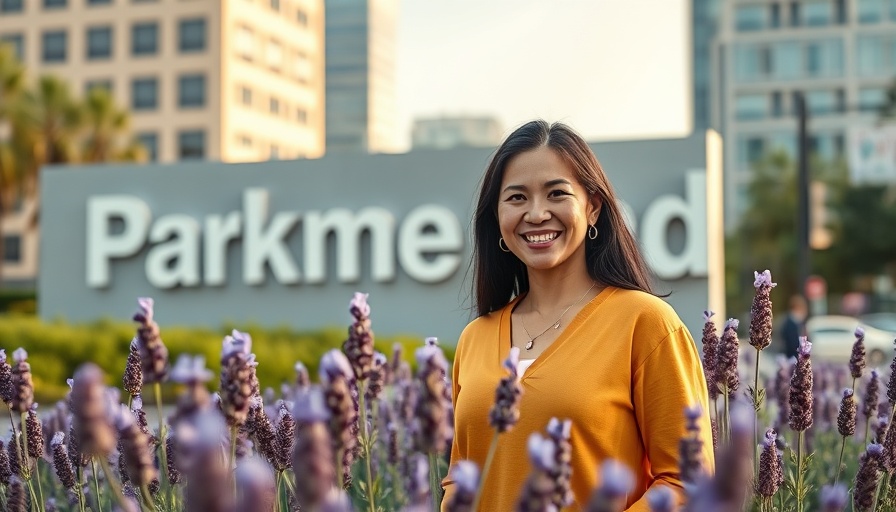
The Challenge of Reviving Parkmerced
In the sprawling landscape of San Francisco, Parkmerced stands out—not only for being the city’s largest residential complex but also for the immense challenge it presents. After falling into disrepair and racking up a staggering $1.8 billion in defaulted loans, the onus of reviving this neglected property now falls on Michele Vives. As the president of Douglas Wilson Companies (DWC), Vives has embraced the daunting task of restoring Parkmerced to its former glory, focusing on sustainability and quality-of-life improvements for its current and future residents.
Facing the Imperfections of History
Built in the World War II era, the complex comprises 152 acres, designed originally to accommodate over 9,000 residents. However, decades of neglect led to a complete deterioration of both infrastructure and aesthetics. Vives recounts her surprise upon discovering extensive deferred maintenance that made the complex look more like a forgotten relic than a vibrant community. This scenario echoes a broader issue in urban housing where aging developments struggle under the weight of time without the necessary upkeep or financial investment.
Prioritizing Essential Upgrades
One of the key elements in Vives’ turnaround plan is to enhance the basic living conditions in Parkmerced. Starting with the immediate need for reliable hot water, DWC has prioritized the replacement of water heaters and boilers across all eleven apartment towers. These infrastructure improvements are not merely functional; they symbolize a commitment to revitalization and a quality living environment for residents who deserve better. The aim is to bring the complex up to modern code, ensuring the safety and comfort of its occupants.
Community Impact and Future Vision
Beyond immediate upgrades, Vives is mindful of the broader community context. “We're not just fixing buildings; we’re reviving a neighborhood,” she states. The goal is to re-attract tenants to Parkmerced with improved amenities and services. This vision aligns with a growing recognition of how housing impacts community health and social cohesion, wherein engaged neighborhoods thrive more harmoniously and productively.
The Role of Receivers in Distressed Real Estate
As part of a unique cadre of problem-solvers known as receivers, Vives’ role exemplifies a more modern approach to real estate management. Receivers are called upon during economic crises, serving as neutral parties to revitalize distressed properties, from urban housing complexes to commercial assets. This shift reflects ongoing challenges faced in real estate markets across the country, where delinquent loans remain prevalent due to economic fallout from the pandemic. For Vives and her team, the mission not only includes recovery of the property but also a chance to reclaim community joy and stability.
Conclusion: Repairing More Than Infrastructure
As Vives takes the reins of Parkmerced, she’s not only working to fix physical structures but also remedying the emotional connection to a sense of home. Residents, many of whom have lived in Parkmerced for years, look forward to the flourishing community that Vives envisions as a result of her hard work and dedication. This journey underlines the importance of commitment, resources, and heart in creating environments where people can live, thrive, and connect as neighbors.
 Add Row
Add Row  Add
Add 




Write A Comment